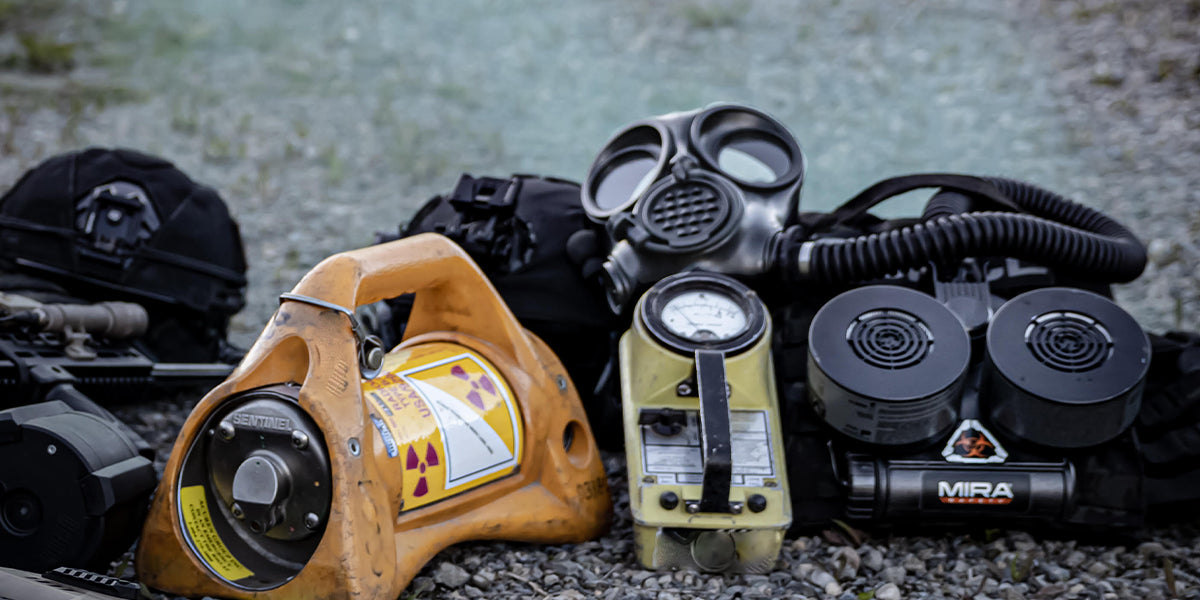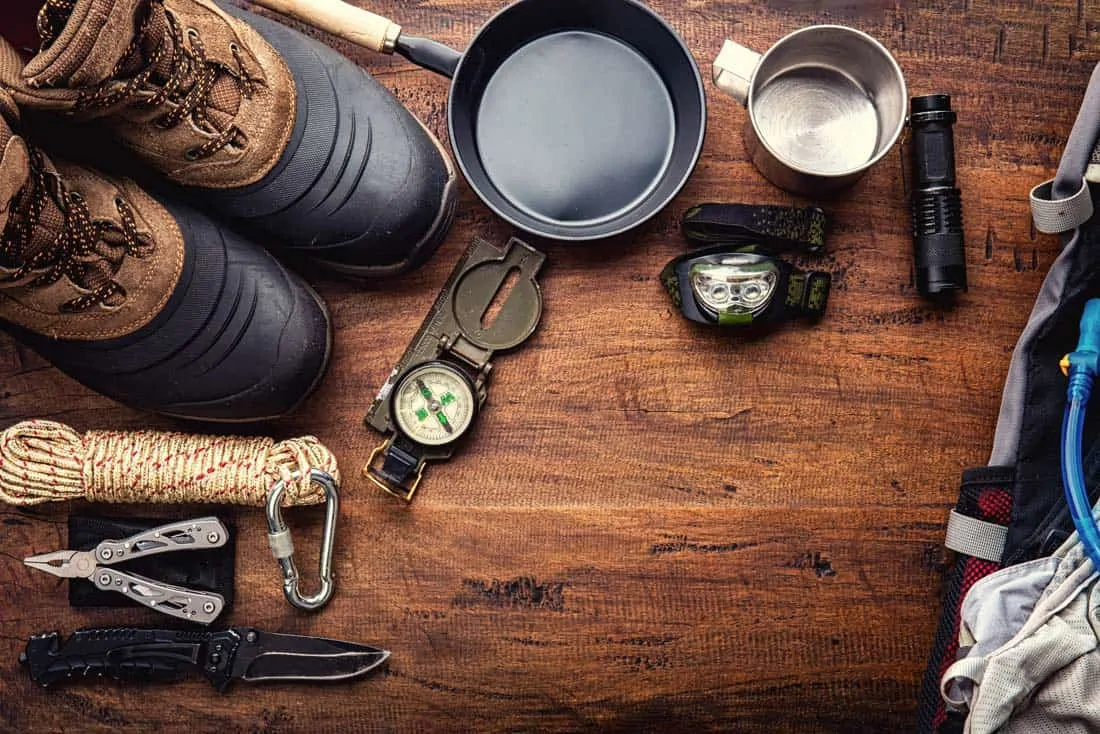The Cretaceous–Tertiary (K–T) extinction event remains the most disastrous cosmic catastrophe to have stricken the Earth, ever. An asteroid about nine-mile-wide hit the Yucatán Peninsula about 66 million years ago and eventually drove the dinosaurs to extinction. A cosmic event of a different nature took place in September 1859 when a solar flare (Carrington Event) reached the planet and nearly crippled the telegraph communication infrastructure in its entirety. They might sound like the opening scenes of sci-fi movies, but they’re actually recorded history. The disasters happened in the past, and there’s always a possibility that they will happen again in the future. If a solar flare as powerful as the Carrington Event were to happen tomorrow, both the ultraviolet light and X-rays would reach the surface of the Earth and interfere with many electronic devices, satellite signals, and radio. We all hope it never happens, but it’s always a good idea to have a sci-fi survival kit ready just in case. Here are some basic things to include in your ready-to-go pack.

- Flashlight: if “The Last of Us” is a lesson to learn (we know it’s not about a solar flare, but let’s just gloss over that fact for once), then a flashlight is the most important thing to have in a survival kit. When your food and water run out, at least you have something that shines like a beacon in the dark to help you find something to eat and drink. And please, pick a reliable flashlight that’s waterproof, shockproof, and dustproof. Have at least two flashlights and a lot of replaceable batteries.
- Water Filter: when the water supply system cannot run and the stores can’t use the cashier machine, bottled water is scarce. A portable water filtration device or water purification tablets should serve you well; carry both of them if you can. Choose a device with a massive filtration capacity (4000 liters or more) so you get to stay hydrated. Always have some canteens to store the already filtered water. Don’t drink everything at once. Keep in mind that military canteens can be used to boil water as well.
- Food: choose nutrient-dense foods that don’t take too much space in your backpack. Canned beans, dehydrated meals, and sugar-rich energy bars are dependable supplements. Some companies actually sell nutrient powders that you can mix with cold water, which means there’s no need to boil the water first.
- Fire: always include fire steel in your survival kit along with some lighters, tinder, and waterproof matches. One thing to remember is that you shouldn’t learn to make fire when you’re already in an emergency situation. Making fire can be tricky, so learn to do it when you don’t have to worry about the cold, the rain, and the dark.
- Radio: yes, solar flares kill the radio broadcast. But who knows? Perhaps a genius somewhere does some tech wizardry to the broadcasting devices and sends helpful messages to any listener. A nice NOAA radio will keep you informed about the latest danger and safe zones, and it can even function as a solar generator. Some radios also have a built-in compass and flashlight.
- First Aid Kit: a pack of first aid kit contains ointments and bandages to keep infections away in case you get injured. We know you’re good at crafting medicines from improvised materials, but we just feel safer using an already sterilized kit from the factory.
- Binocular: we’re talking about real military-grade optical binoculars here, not something a kid would use to play Rambo. Although high-quality binoculars still can’t help you look through the walls and into the future, they can definitely tell you what lies ahead and whether you should worry about alligators when filtering water on the riverbank.
We think that the main purpose of a survival kit is to help you stay alive and comfortable despite the dire situation, so it’s supposed to prepare you for everything. In a comic catastrophe like solar flares and asteroid impact, chances are you still have some buildings and bunkers intact; sleeping bags might be necessary in certain circumstances, but they’re not the priority. The same thing applies to an emergency whistle and duct tape. What you need is a pack of true essentials that will not run out until you can replenish them.
Other Things You Might Want to Know
Apart from the Carrington event, have there been other solar flares?
In February 2011, a solar storm disrupted GPS signals for a few minutes. It was a brief disturbance but might wreak havoc to commercial airplanes and ships that relied on GPS for navigation. And in April 2023, another solar event sent a burst of plasma toward the Earth. Two days later, a severe geomagnetic storm happened.
Do you need to include weapons in your survival kit?
Here is the thing: if you’re still alive in the aftermath of a solar event or an asteroid impact, chances are the disaster didn’t kill anyone outside the blast radius. It probably killed many people, but it wouldn’t likely cripple the nation’s ability to maintain law and order. Carrying a weapon for self-defense is never a terrible idea, though.
How to minimize damage in the event of a cosmic catastrophe?
It depends on the type of the catastrophe and its intensity. If you’re talking about a twenty-mile-wide asteroid, well, there is very little you can do to protect yourself, and the rest of humanity, for that matter. But let’s say the cosmic catastrophe is mild solar flares; here are some things you can do to minimize the damage:
- Use surge protectors to keep your electronics running within their power limit. Assuming the government issues a public warning with a time estimate, unplug all the electronics before the solar flare happens and wait until the dust settles before reconnecting them to the power outlets again.
- Have proper data backups. Use both cloud backup solution and offline backup.
- Plan for an alternative communication plan, such as a satellite phone, because the cell towers and landline might be damaged.
- Use alternative power sources, like solar panels or generators, for essential appliances.
Check out other articles by month:







